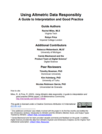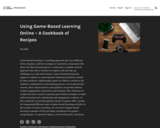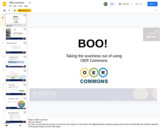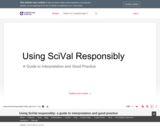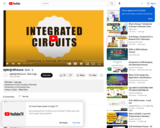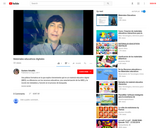
Urban Health: A Practical Application for Clinical Based Learning is an openly licensed, peer-reviewed textbook for clinical-based nursing educators covering barriers in urban health and their impact on patient health outcomes. The authors explore perspectives of urban communities, urban patients, and urban healthcare providers to offer insight into how healthcare providers can address disparities in urban healthcare, provide meaningful care with the lived experiences of urban patients in mind, and improve patient-provider communication by moving towards a more solution-driven, team-based care approach. Features include learning activities, exemplars, and case studies.
- Subject:
- Applied Science
- Education
- Health, Medicine and Nursing
- Higher Education
- Social Science
- Sociology
- Material Type:
- Textbook
- Provider:
- Wayne State University
- Author:
- Cynthera McNeill
- Tara Walker
- Umeika Stephens
- Date Added:
- 11/23/2022


